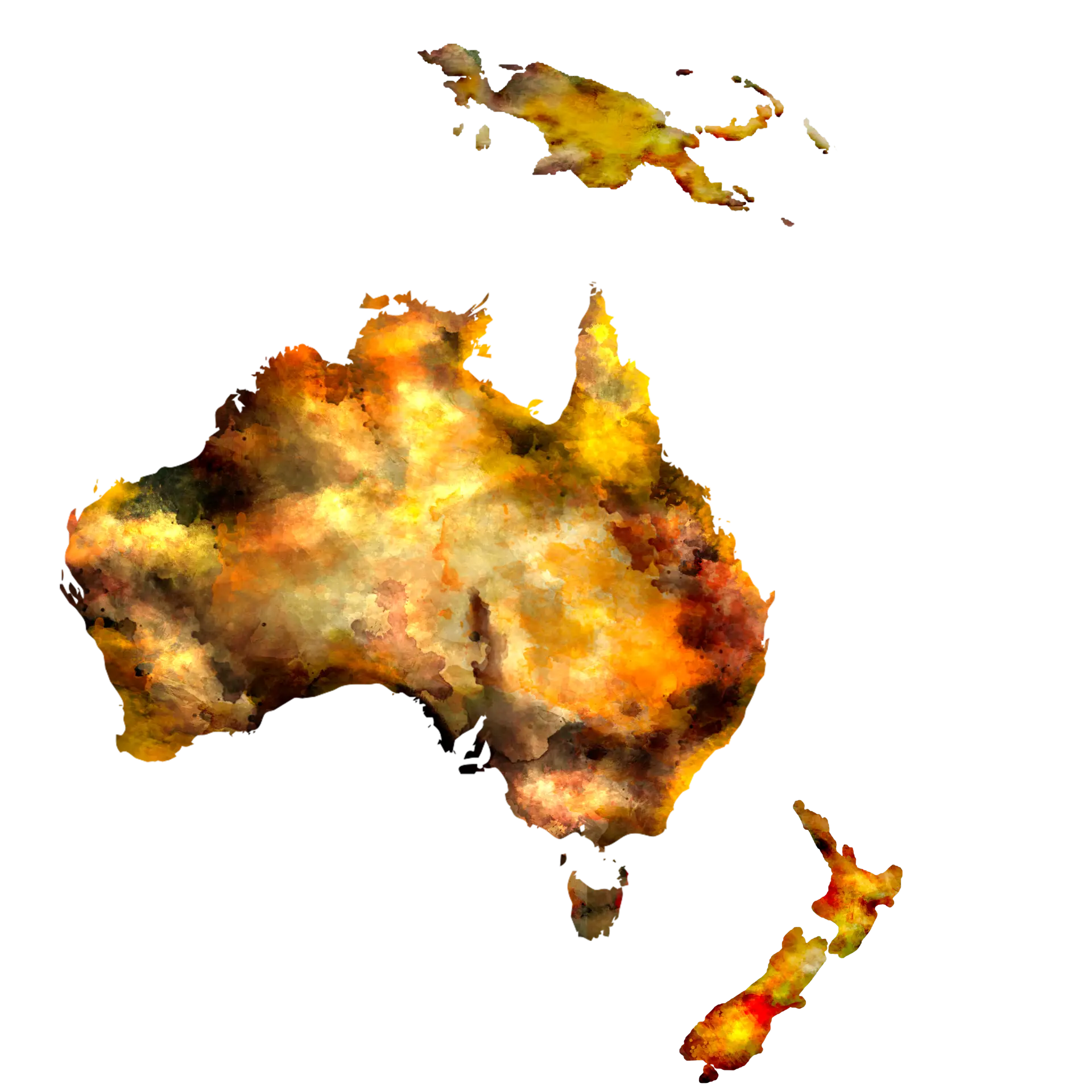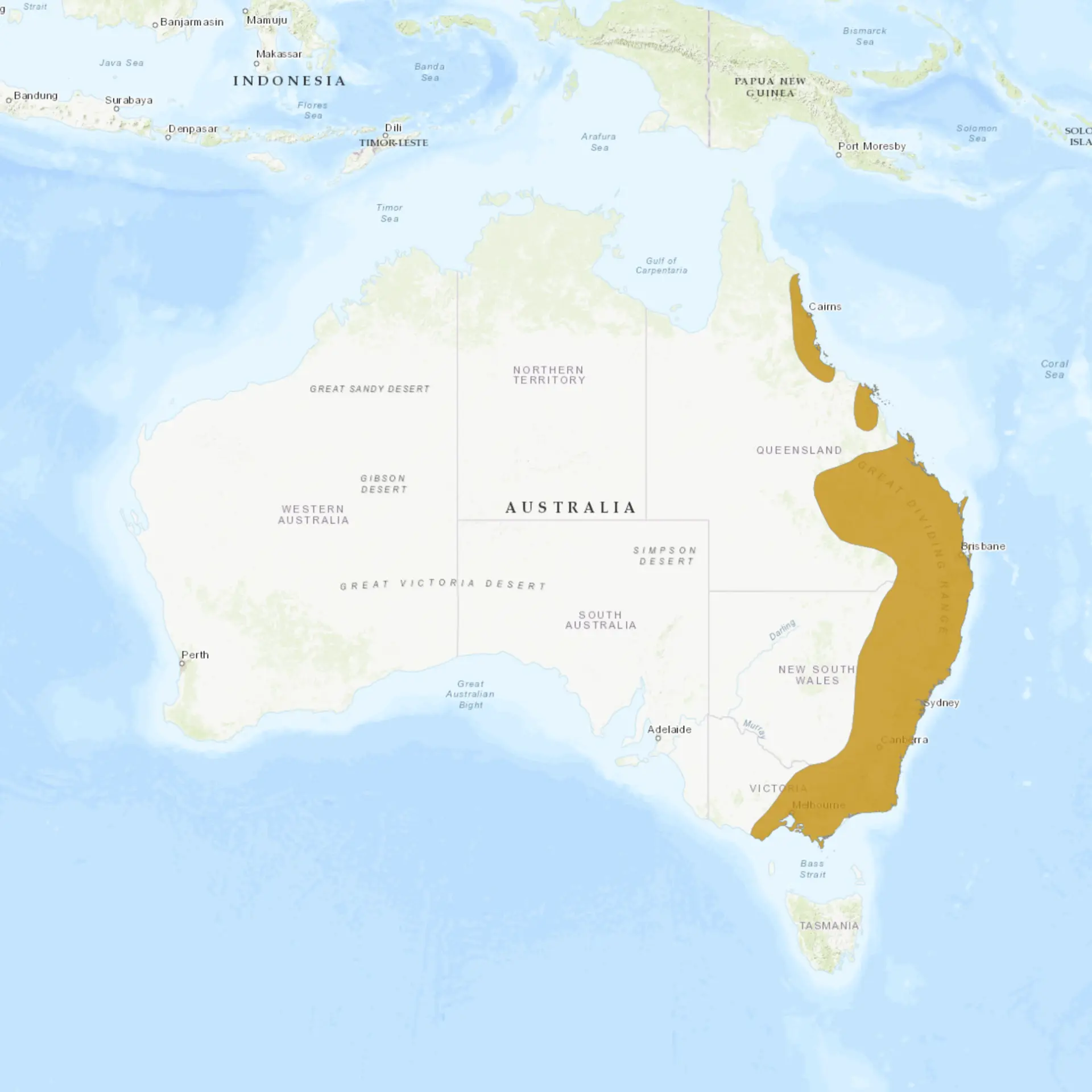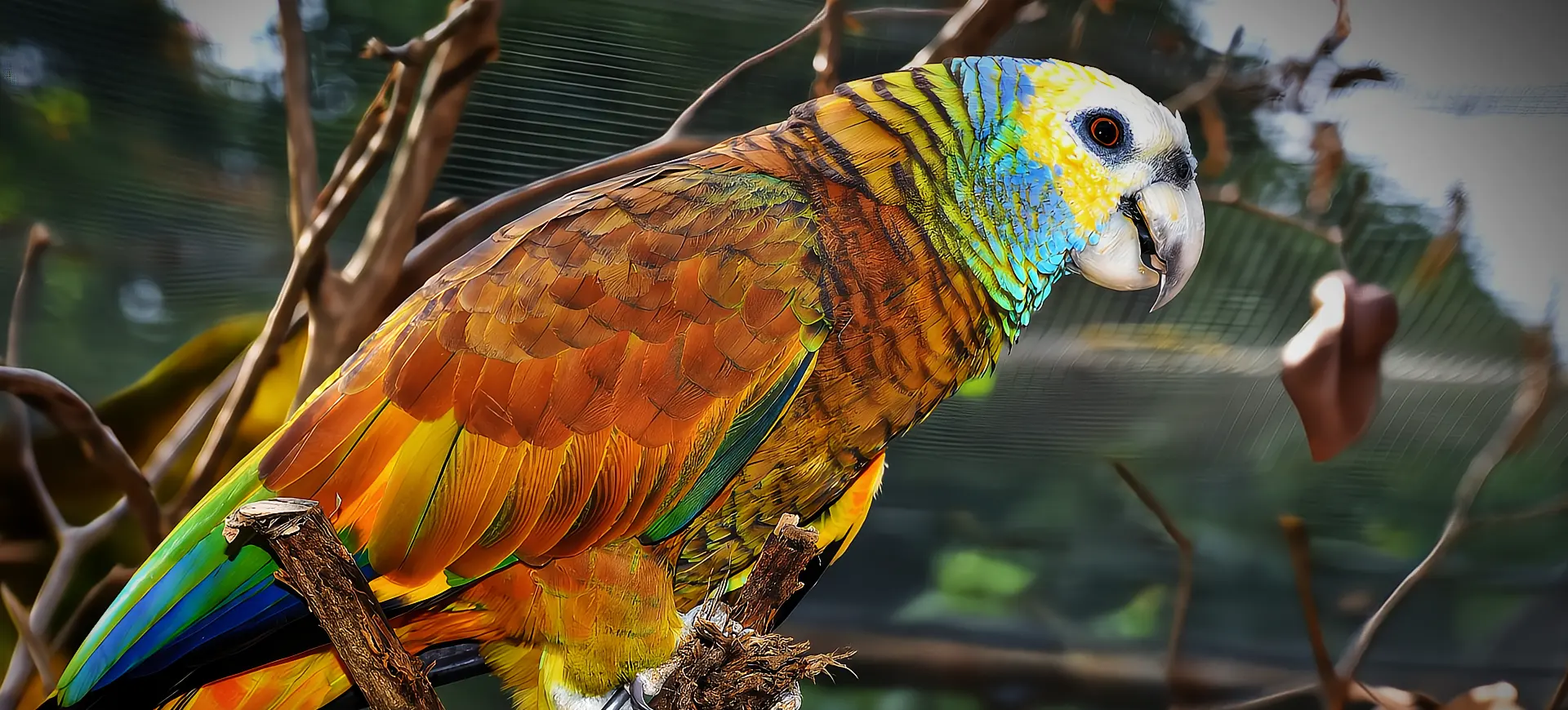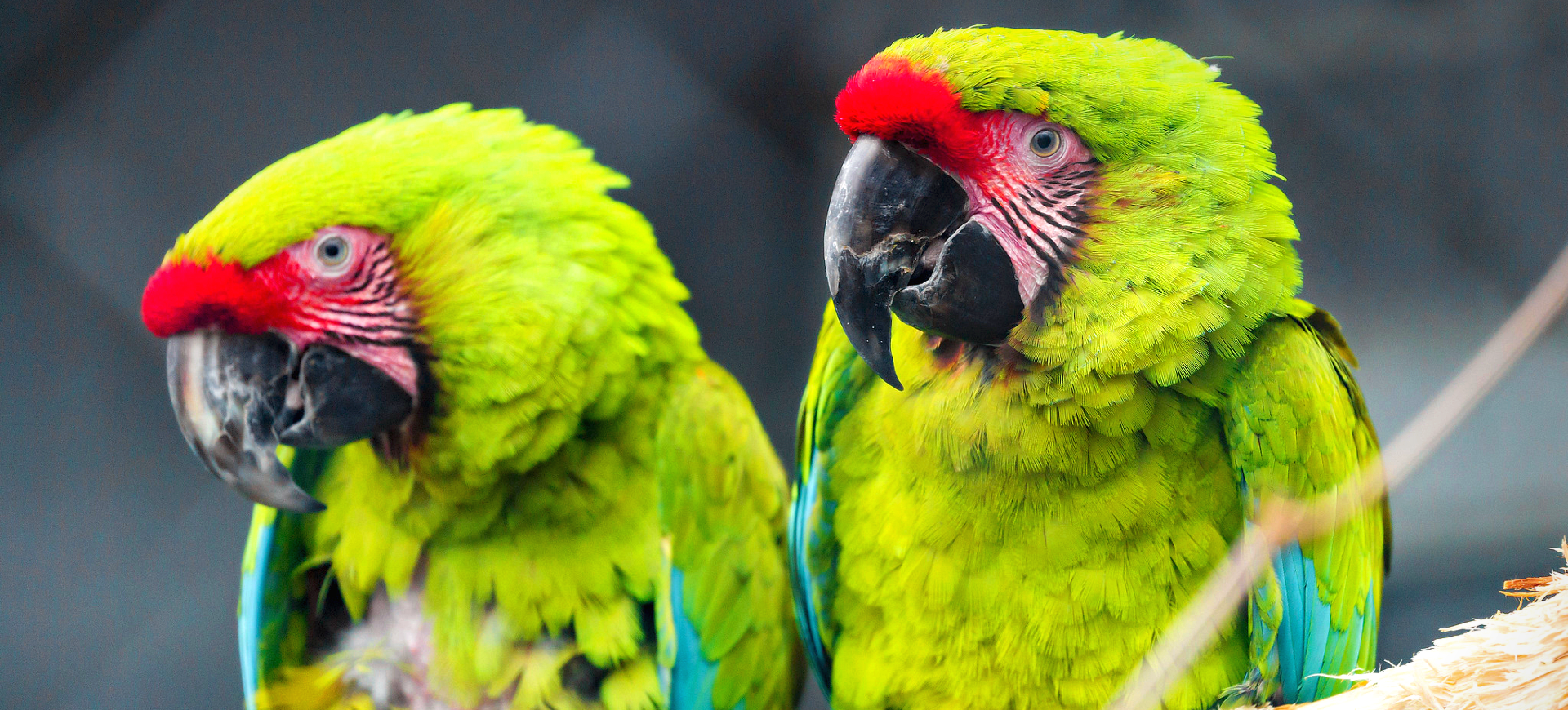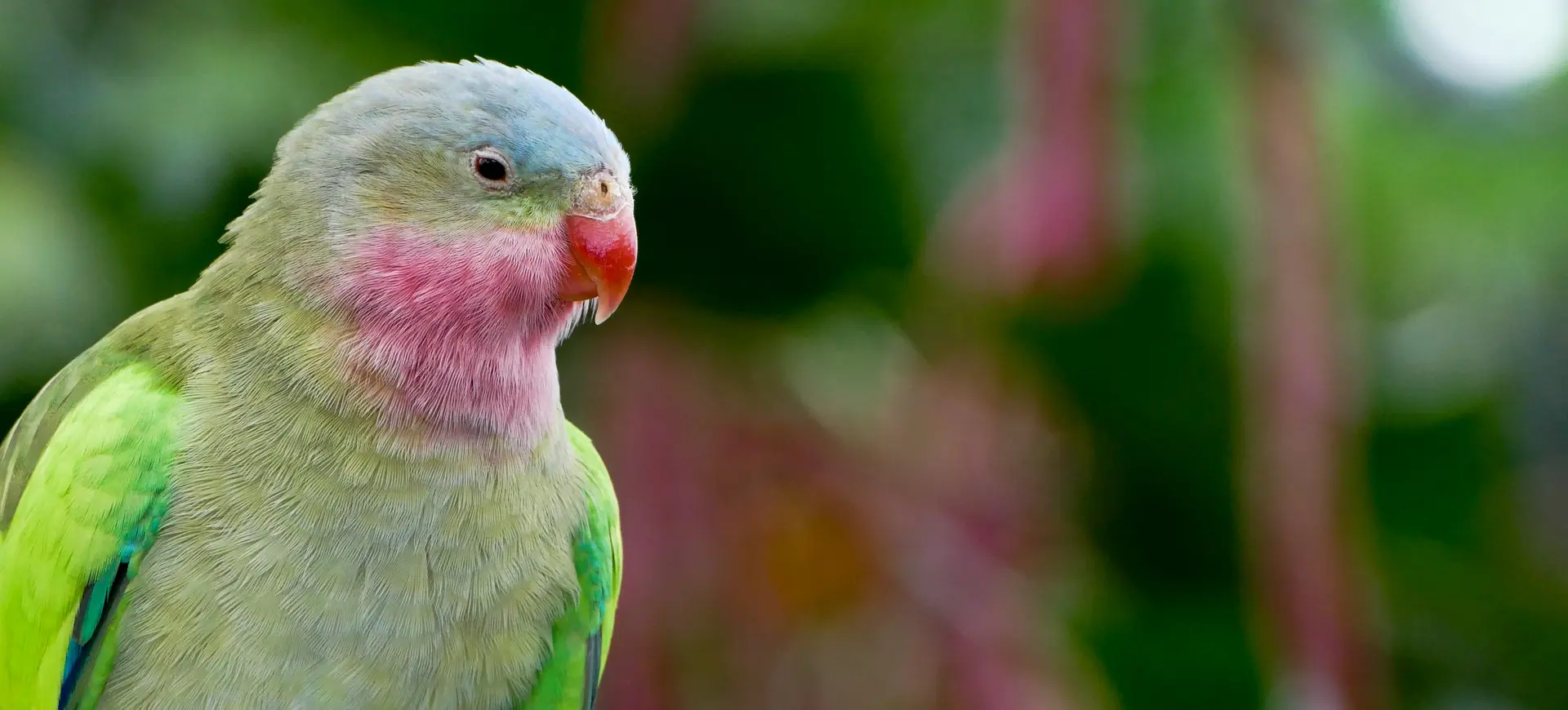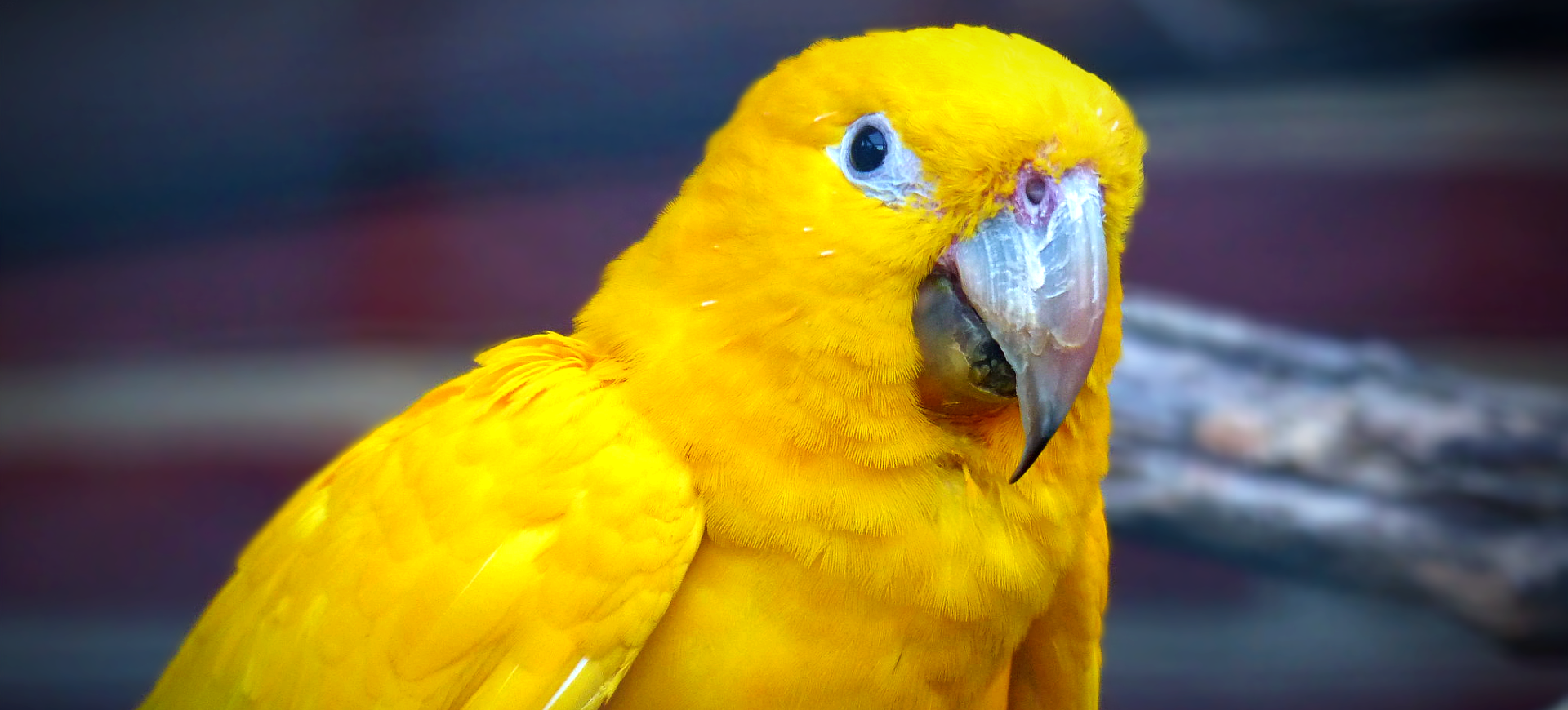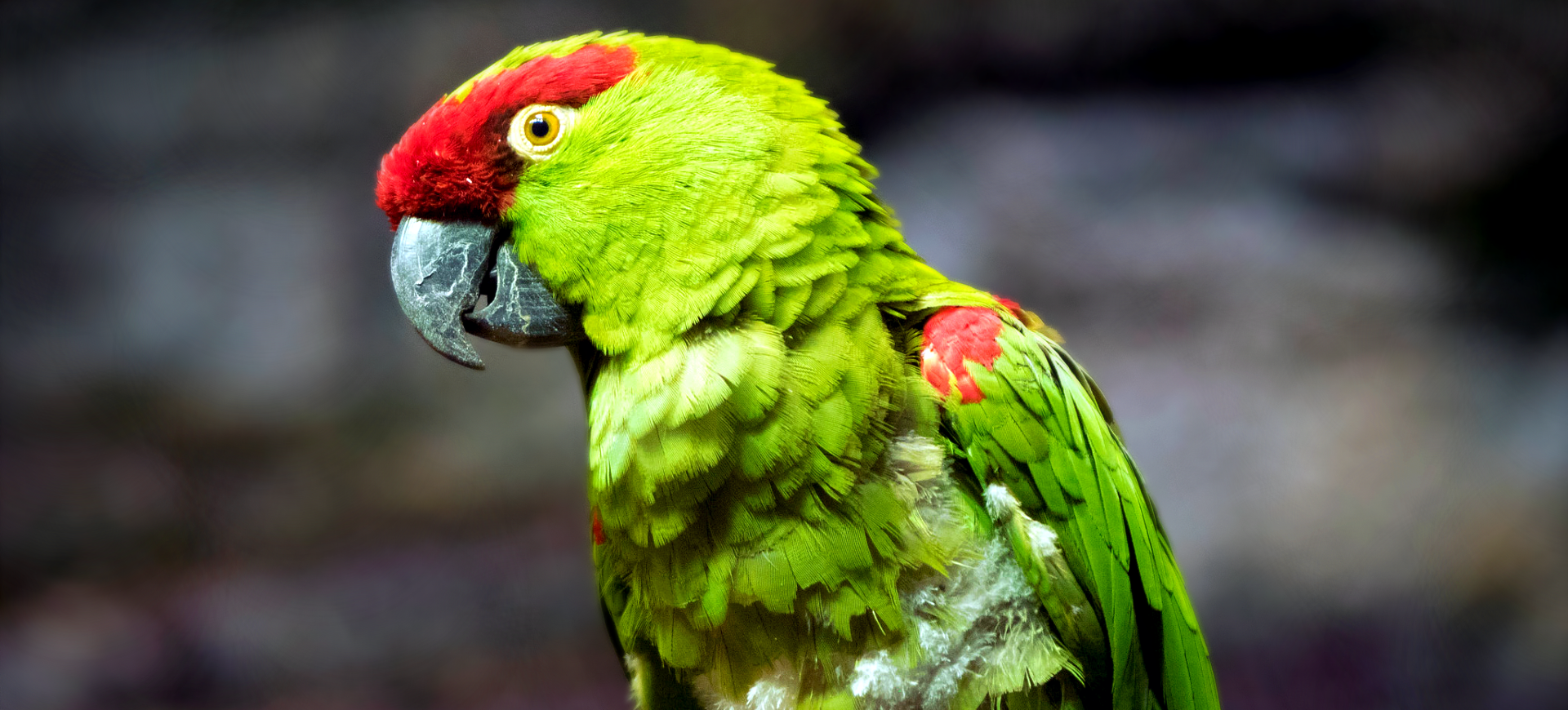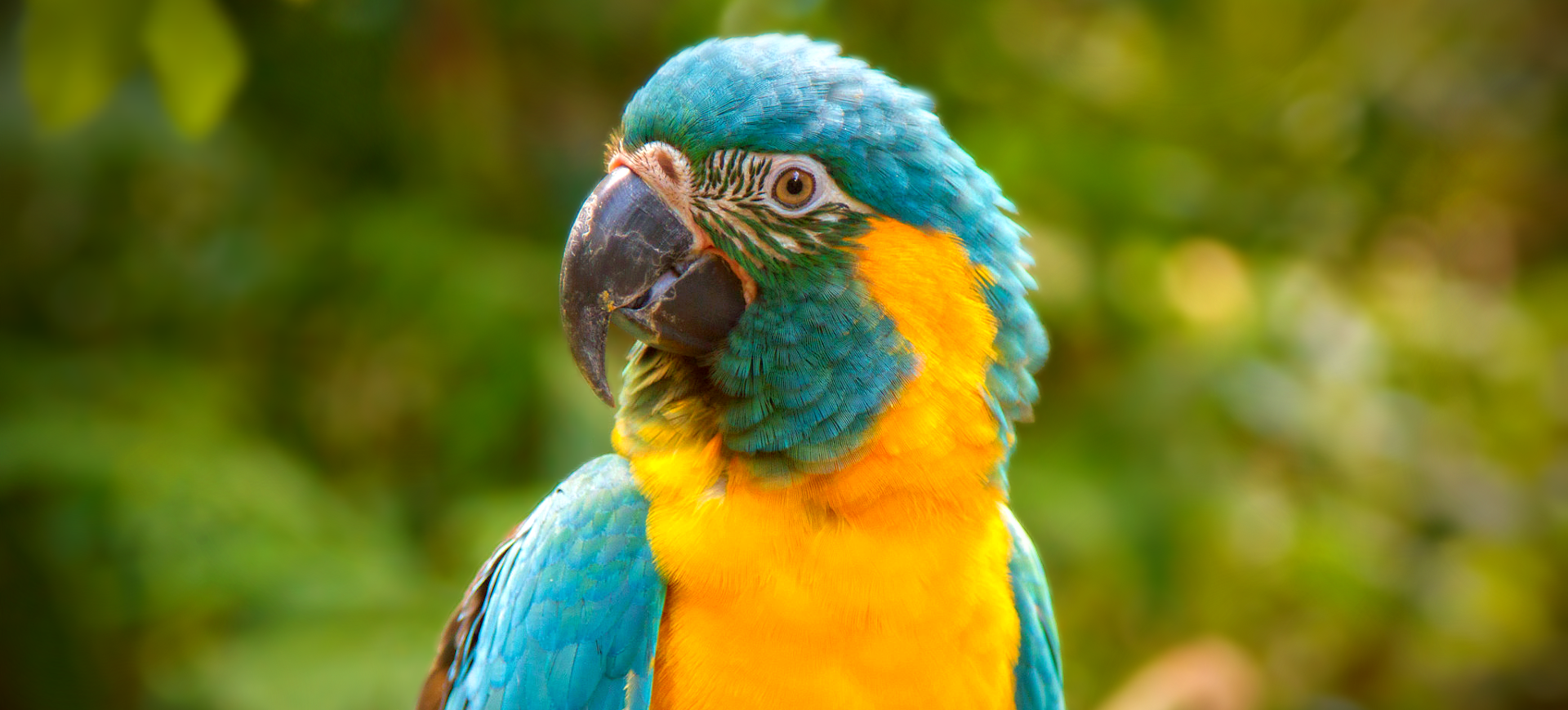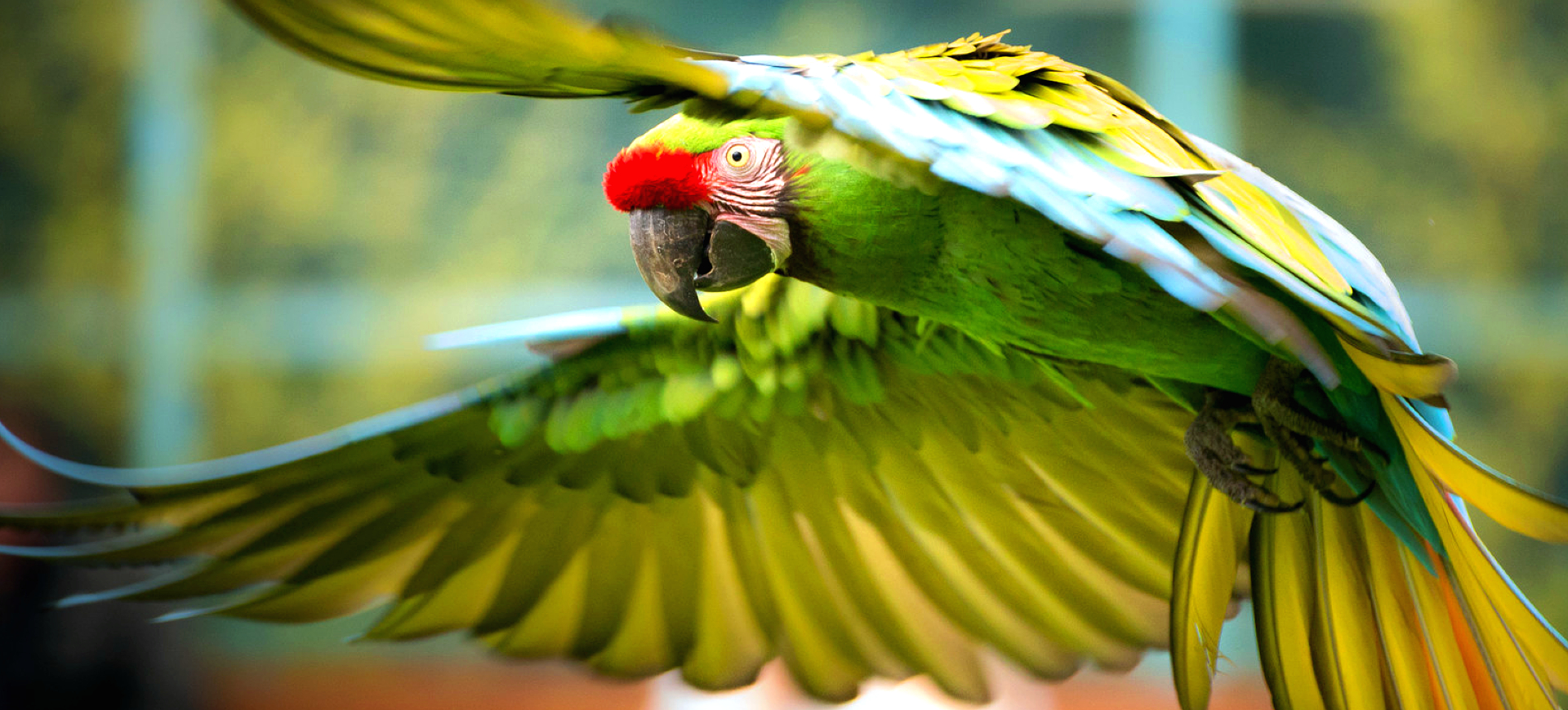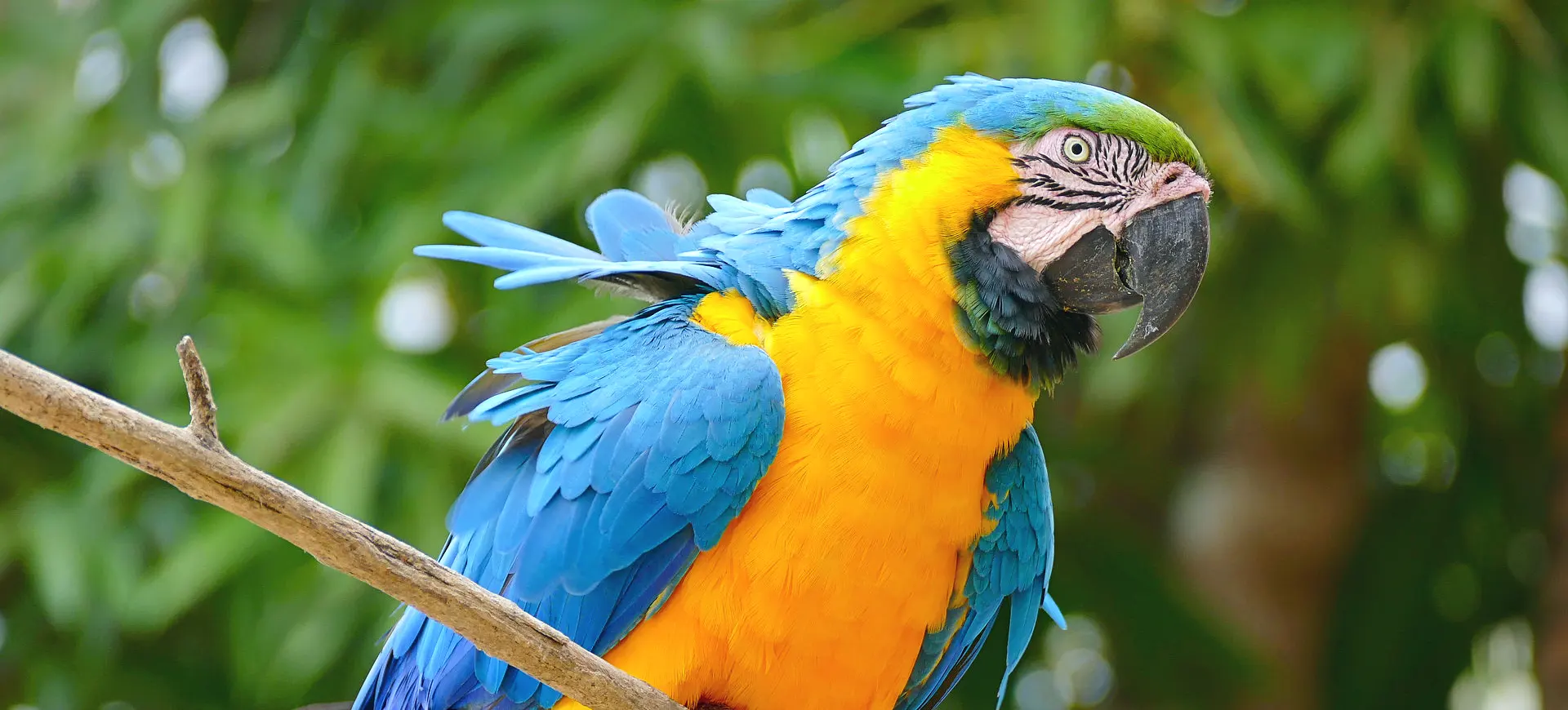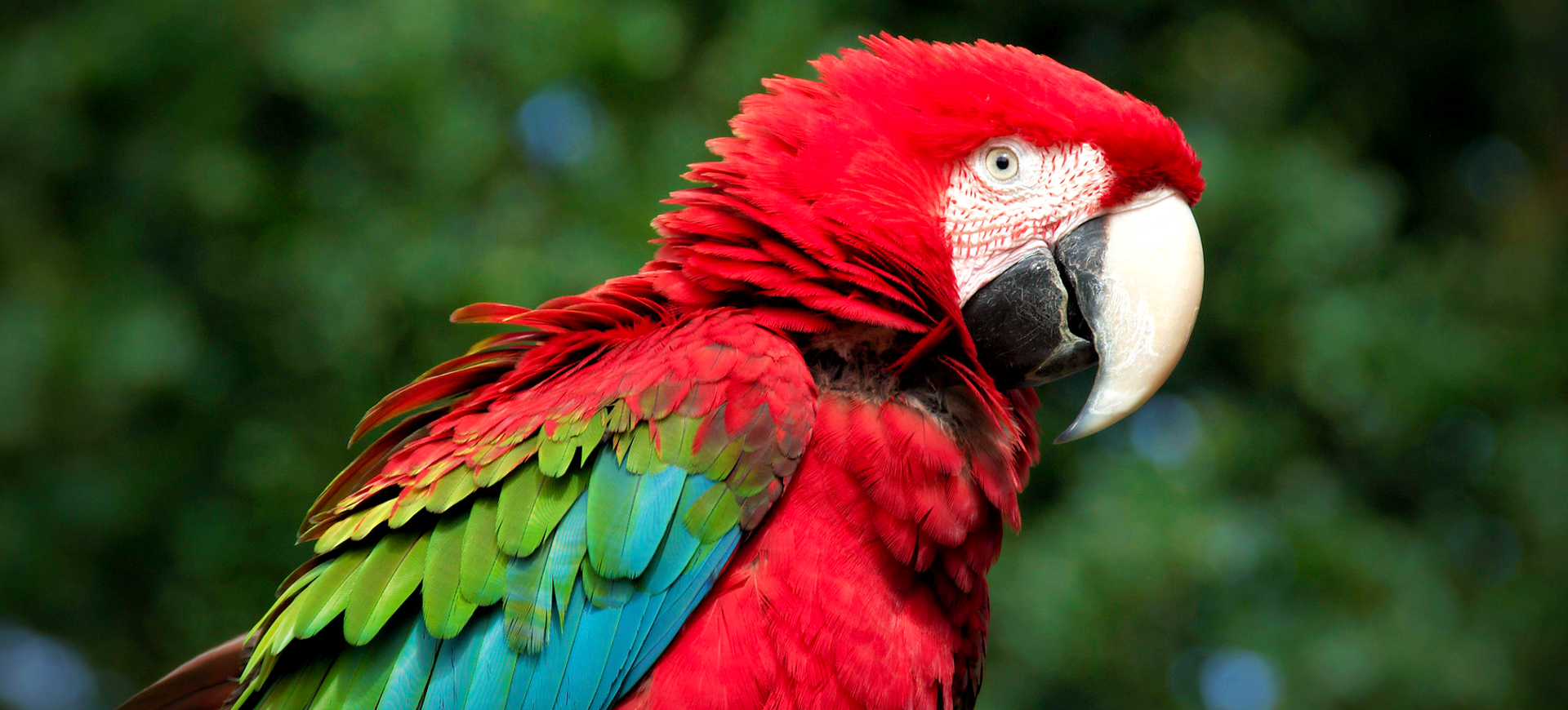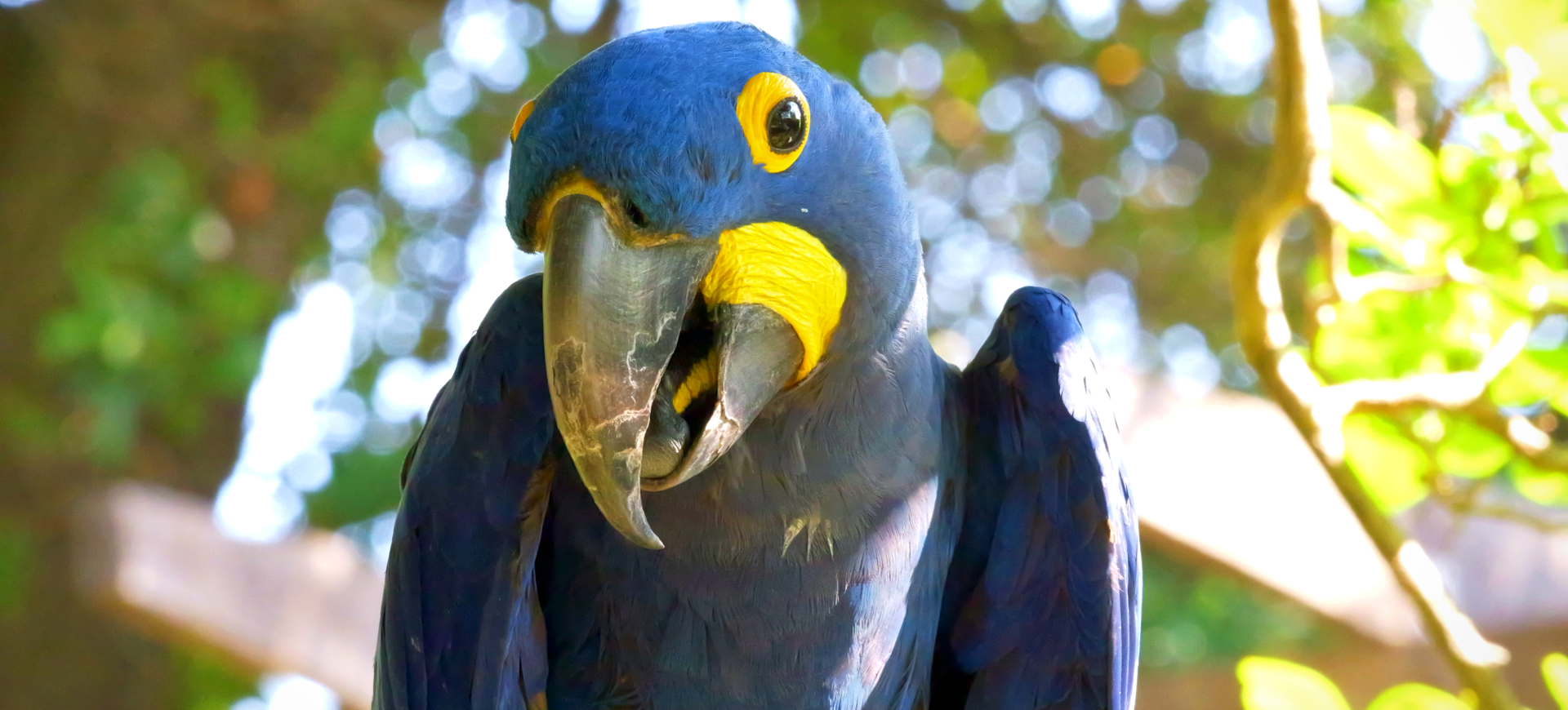Overview
The Australian King Parrot (Alisterus scapularis) is a vibrant parrot native to eastern Australia, known for its distinctive sexual dimorphism. Males boast a striking combination of red and green plumage, with bright red undersides and heads, complemented by green backs and wings, while females have a more subdued green coloration with hints of red on their bellies and heads. These birds inhabit various forested areas, including rainforests, woodlands, and gardens, where they are often found in pairs or small flocks. Australian King Parrots are medium-sized parrots, measuring about 43 cm in length, and they have a reputation for being both beautiful and elusive, making them a prized sighting for bird watchers.
Renowned for their strong, monogamous pair bonds, Australian King Parrots maintain close relationships throughout the year, often foraging and flying together. They have adapted well to human presence, frequently visiting backyards with bird feeders in rural and suburban areas. Despite their interaction with human-altered habitats, they remain wild birds and are not as commonly domesticated as other parrot species. Conservation efforts have helped maintain stable population levels, ensuring these birds thrive in their natural habitats and captivate onlookers with their vivid colors and graceful presence.
The diet of the Australian King Parrot varies seasonally, focusing on seeds, fruits, and small insects, reflecting its adaptability to available food sources within its habitats. This adaptability extends to its breeding behavior; it nests in tree hollows, with the female laying and incubating the eggs while the male forages for food for both. The parrot’s ability to thrive in a wide range of environments, from dense rainforests to suburban gardens, highlights the species’ resilience and the importance of conserving its natural habitats for future generations.
Taxonomy
Kingdom
Phylum
Class
Order
Family
Genus
Species
Type
Current distribution:
Australian King Parrots maintain a stable population across their native range in eastern Australia. Their distribution extends from Cooktown in North Queensland to Victoria and southeastern Australia. Their adaptability facilitates this wide distribution to various forest types and the ability to forage for diverse food sources. Despite urbanization and habitat modification in some areas, these parrots continue to thrive, partly due to their flexible feeding habits and the availability of bird feeders in human habitats.
Conservation efforts and protected areas play a crucial role in maintaining the habitats necessary for the survival of Australian King Parrots. Their presence in national parks and reserves ensures access to undisturbed forests for breeding and feeding. Monitoring their populations in these areas helps assess the health of ecosystems and the effectiveness of conservation strategies, ensuring that Australian King Parrots remain a vibrant and integral part of Australia's biodiversity.
Physical Description:
Australian King Parrots exhibit a vivid and sexually dimorphic plumage distinguishing males from females. Males are known for their brilliant red fronts and cheeks, contrasted with a green back, wings, and tail, while females feature a predominantly green plumage with red undertones on the belly and lower breast. Both sexes have a blue tint on their wings and back, which adds to their striking appearance. They possess robust, curved beaks typical of parrot species, suited for cracking seeds and nuts, and their long tail feathers contribute to their graceful flight and maneuverability.
The size of Australian King Parrots allows for easy identification, with an average length of approximately 43 cm from head to tail. Their sturdy physical build reflects their adaptation to various habitats and diets. The birds’ bright coloration serves as a mating display and camouflage among the foliage of their native rainforest habitats. With a wingspan supporting agile flight, these parrots can navigate dense forests and open areas, showcasing their adaptability and survival skills.

Lifespan: Wild: ~15 Years || Captivity: ~30 Years

Weight: Male: 9.2–10.6 oz (260–300 g) || Female: 7.7–9.5 oz (220–270 g)

Length: Male & Female: 16–17 in (40–43 cm)

Wingspan: Male & Female: 18–20 in (46–51 cm)

Top Speed: 25 mph (40 km/h)
Characteristic:
Native Habitat:
Australian King Parrots are native to the eastern regions of Australia, where they inhabit a wide range of forested environments. From the cool temperate rainforests of Victoria to the tropical rainforests of North Queensland, these parrots demonstrate a remarkable adaptability to different climate zones. They prefer dense forests and woodlands, particularly those abundant in tree species that provide ample food sources, such as eucalyptus and acacia trees. Their presence in these habitats underscores the importance of forest conservation for maintaining biodiversity.
These birds have also adapted to live in suburban and rural areas, where visitors often welcome them to backyard bird feeders. Their adaptability to human-altered landscapes indicates their ability to find food and nesting sites even in modified environments. However, they still rely on the availability of natural habitats for breeding and shelter, highlighting the need for a balanced approach to land use and conservation efforts to ensure their continued survival.
Biomes:
Biogeographical Realms:
Continents:
Countries:
Diet:
Diet & Feeding Habits:
Australian King Parrots are primarily herbivores, with a diet of fruits, seeds, and nuts in their forested habitats. They have also been observed eating small insects and their larvae, suggesting opportunistic feeding behavior. These birds are known to forage in the canopy and on the ground, often visiting bird feeders in residential areas for supplementary feeding. Their strong beaks are perfectly adapted for breaking open hard seeds and nuts, demonstrating their specialized feeding habits.
In the wild, Australian King Parrots exhibit foraging behaviors that reflect their adaptation to the seasonal availability of food resources. They are particularly fond of seeds from eucalyptus, acacia, and various native shrubs, as well as fruits from native and introduced plants. During the breeding season, their diet shifts slightly to include more protein-rich foods, which is necessary for the growth and development of their chicks. These feeding habits highlight the birds’ ability to adapt to changing environmental conditions and available food sources.
Mating Behavior:
Mating Description:
Australian King Parrots are monogamous birds, forming long-term pair bonds often maintained throughout their lives. During the breeding season, typically in the spring and summer months, pairs engage in courtship displays that include vocalizations and mutual preening. Nesting sites are usually located in hollows of large trees, where the female lays eggs that she incubates while the male provides food. This cooperative breeding strategy underscores the species’ strong pair bonds and parental investment characteristics.
After hatching, both parents feed and care for the young, who remain in the nest for several weeks before fleeing. The post-fledging period is crucial for developing survival skills as the juveniles learn to forage and fly under the watchful guidance of their parents. This extended parental care ensures the offspring have the best chance of survival. The monogamous nature of Australian King Parrots, coupled with their dedicated parental care, plays a key role in the stability of their populations.
Reproduction Season:
Birth Type:
Pregnancy Duration:
Female Name:
Male Name:
Baby Name:
Social Structure Description:
Australian King Parrots exhibit a social structure that includes strong pair bonds and familial groups, especially during the breeding season. Outside breeding times, these birds may gather in small flocks, particularly in abundant food areas. Their social interactions include vocal communication and mutual preening, strengthening social bonds and facilitating group cohesion. The hierarchical structure within flocks is not well defined, indicating a relatively egalitarian social organization.
The ability of Australian King Parrots to adapt to various social settings, from monogamous pairs to larger flocks, reflects their complex social behavior and intelligence. These social dynamics play a crucial role in their survival and reproduction, facilitating effective communication and cooperation among individuals. Understanding the social structure of Australian King Parrots provides insight into their behavior and aids in their conservation by informing management strategies that consider their social needs.
Groups:
Conservation Status:
Population Trend:
Australian King Parrots are considered to have a stable population throughout their range, with no immediate threats leading to a significant decline in numbers. Their adaptability to wild and suburban environments has been key to maintaining their population levels. In the wild, these parrots are common sights in suitable habitats, where they contribute to the ecosystem by acting as seed dispersers and occasional pollinators. Their presence in diverse habitats, from dense forests to suburban gardens, indicates their resilience and ability to coexist with human-altered landscapes.
Despite their stable status, Australian King Parrots, like many wildlife species, face potential threats from habitat loss and fragmentation due to urbanization and agricultural expansion. Conservation efforts aimed at preserving natural habitats and promoting biodiversity are essential for the long-term survival of these and other native species. Protected areas and national parks are crucial in providing safe havens for wildlife, ensuring that Australian King Parrots continue to thrive in their natural environments.
Population Threats:
The primary threats to Australian King Parrots include habitat destruction and fragmentation, which can lead to reduced food sources and nesting sites. Urban expansion and agricultural development contribute to habitat loss in some areas of their range. Additionally, climate change poses a long-term threat, potentially altering food availability and suitable habitats. While these threats are managed through conservation efforts, continued vigilance is necessary to ensure the species’ well-being.
Illegal pet trade also risks Australian King Parrots, as their bright plumage and engaging personalities make them attractive as pets. Efforts to combat wildlife trafficking and educate the public on the importance of wild populations are crucial for protecting these birds. Conservation strategies that address these threats, including habitat protection and legal enforcement against poaching, are essential for maintaining stable populations of Australian King Parrots in the wild.
Conservation Efforts:
Conservation efforts for Australian King Parrots include habitat preservation and establishing protected areas where they can breed and feed without disturbance. These efforts are complemented by legislation that regulates wildlife trade and protects native species from exploitation. Educational programs raising awareness about the importance of biodiversity and the need for conservation are also vital. These initiatives help to ensure the long-term survival of Australian King Parrots by addressing the key threats they face and promoting coexistence with human activities.
Reforestation and habitat restoration projects contribute to the conservation of Australian King Parrots by increasing the availability of food and nesting sites. Community involvement in conservation activities, such as planting native vegetation and maintaining bird feeders, supports the health of local ecosystems. By fostering a connection between people and wildlife, conservation efforts benefit Australian King Parrots and enhance the overall biodiversity of their regions.
Additional Resources:
Fun Facts
- Australian King Parrots are the only Australian parrots with a completely red head in males.
- They can live up to 25 years in captivity, showcasing their longevity.
- These birds have a distinctive, loud call that can be heard over long distances.
- Unlike many parrot species, Australian King Parrots are not known to mimic human speech.
- They are one of the few bird species where the male is more brightly colored than the female.
- In the wild, they rarely drink water, obtaining most of their moisture from their food.
- These parrots are often featured in Australian Aboriginal folklore and art.
- Australian King Parrots have been observed using tools in captivity, indicating a high level of intelligence.
- They form strong, monogamous pair bonds that can last a lifetime.
- Despite their bright plumage, they can be surprisingly hard to spot in their natural forest habitats.

